What is soapstone? Where does it come from? What are the advantages of a wood-burning stove made of soapstone? Are they expensive?
These are some of the most common inquiries your WE LOVE FIRE® dealer receives from customers. Let’s talk about these and other questions and you’ll see for yourself why a soapstone stove is worth the investment!
WHAT IS IT?
A little background about soapstone. It’s a rock with special qualities and properties that make it very unique. It is mined in Brazil, Canada, the USA, India and Finland. It is a metamorphic rock, relatively soft and can be cut and carved fairly easily. It’s made mostly of talc and is rich in magnesium.
The main appeal is the fact that soapstone has a very high heat storage capacity. It has been used for thousands of years to aid in heating and cooking. It’s the only stone that will take dramatic shifts in temperature and not crack under a direct flame. Marble and granite might be able to withstand high temperatures, but they will be damaged and crack when subjected to a direct flame. Soapstone will not.
WHAT ARE SOAPSTONE STOVES?
Some wood-burning stoves are designed with this unique stone. The appeal: the soapstone absorbs heat from the fire and slowly releases or radiates that energy back into the room. It has incredible heat retention capacity. Depending on the size and weight of the appliance, the stone will radiate that heat energy for a long period of time. This means maximizing heat output while using less wood for the fire. These stoves store more heat with respect to their weight than their steel or cast-iron counterparts. In fact, pound for pound, soapstone stores about twice as much heat energy as steel or cast iron.
This means that a soapstone wood-burning stove will continue to heat your home long after the flames are out and the coal bed has died down. These appliances normally produce a fire up to 70% hotter than a steel or cast-iron stove. This type of rock generates a huge amount of energy from a small amount of wood, comfortably heating your house with less wood.
WHAT’S THE DIFFERENCE?
Many people describe the radiant heat from a soapstone stove as softer, more consistent and less harsh than the heat output from a steel or cast-iron model. This is because of the properties of the stone and the way the heat energy is evenly radiated into the living space over several hours.
Many soapstone stoves are designed with the stone on both sides, the front and back, and the bottom and top. This maximizes the advantages of soapstone. Other stoves, inserts and fireplaces might have stone on the bottom, top or sides only. These appliances are taking benefits of the soapstone along with some of the advantages of cast iron and steel. Keep in mind that all wood-burning stoves, inserts and fireplaces today are engineered and designed to exceed the EPA’s 2020 emissions requirements and are highly efficient.
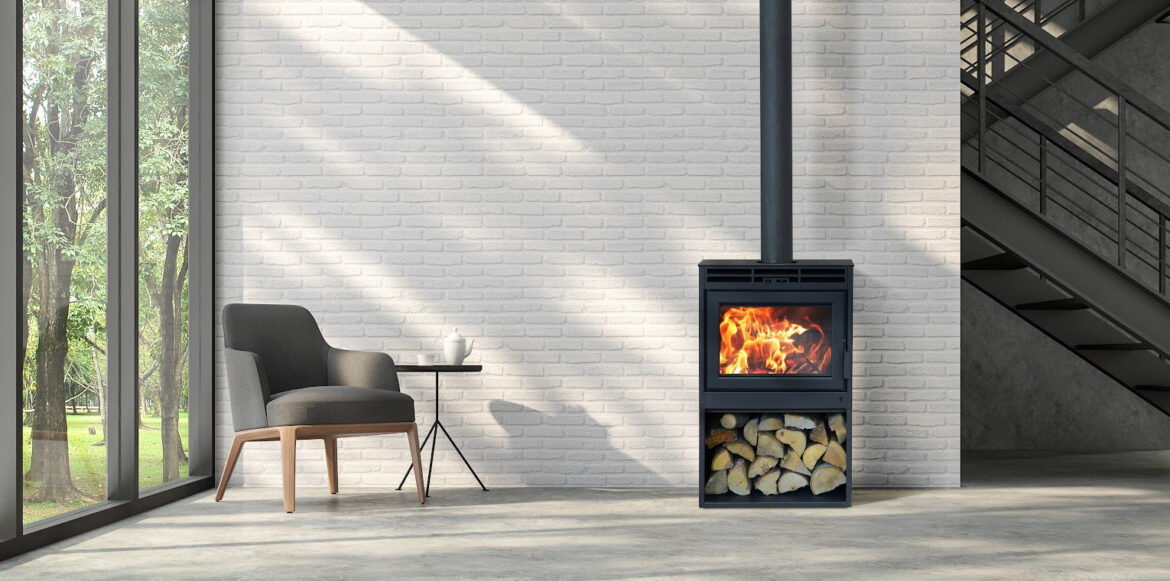
Woodstove Novo 18 by Supreme with Soapstone Option in the Firebox
ARE SOAPSTONE STOVES MORE EXPENSIVE?
Do you pay a premium for soapstone? Compared with a basic steel or cast-iron stove of similar size and heat output, soapstone stoves can be a bit more expensive. Many people feel the additional cost is well worth the slight upcharge for a highly decorative and individual piece. However, comparable sizes of porcelain enamel cast-iron stoves or steel stoves decked out with a fancy door and fan will be very similar in price to a soapstone stove.
Soapstone stoves are made by hand, one at a time. The folks involved in manufacturing these appliances take extreme pride in their role in the process. Get this… the technician that does the final assembly and inspection of a soapstone stove actually signs their name in the corner on the back of the stove! What does this tell you about their attention to details and the confidence and pride they have in their product?
The soapstone on the stoves your WE LOVE FIRE® dealer sells is 1¼” thick. The stone is held in place by a cast-iron frame. The stoves are designed with highly efficient reburn systems, strict air control, and are easy to operate. Many dealers and satisfied customers often consider a soapstone stove as a “functional” piece of furniture.
Soapstone stoves are stunning. They come mostly in shades of blue and gray and occasionally, green. Since the stone is a naturally occurring material, no two stoves are ever the same. The veining of the stone varies from piece to piece. The rich colors usually deepen over time and add to the beauty and distinctiveness of the appliance.
Incidentally, the chimney system for a soapstone stove is going to be identical to other wood-burning units. Remember, it’s always best to match the size of the chimney system to the flue collar size on the stove. A six-inch chimney is considered “standard” today. However, there are a few stove models that may require an eight-inch chimney system.
SUMMARIZING REASONS TO INVEST IN A SOAPSTONE STOVE:
- These wood-burning soapstone stoves will suit your unique lifestyle. They are one-of-a-kind models. Stove models will look similar, but no two are the same because of the unique characteristics in the veining of the stone. You’ll love that traditional “look”. When it’s fired up, a soapstone stove is truly impressive.
- The heat from the fire is absorbed into the stone and this radiant energy is slowly released in your home. This consistent, steady and gentle heat eliminates those hot peaks and cooler valleys of heat output commonly felt with steel and cast iron models.
- Save time and money because you will be using less wood. These stoves provide long periods of radiant heat even when the fire is out and the coal bed is waning.
- The durability of a soapstone stone firebox is longer than a steel or cast-iron stove. Because of high heat, and over time, cast iron can warp and firebrick often needs to be replaced to prevent damage to a steel firebox. But the stone will last and last and last…
Your WE LOVE FIRE® dealer is a trusted expert. A soapstone stove is going to have a special place as your family grows and you look back on fond memories and traditions. Your WE LOVE FIRE® expert looks forward to showing you the complete line-up of soapstone models.
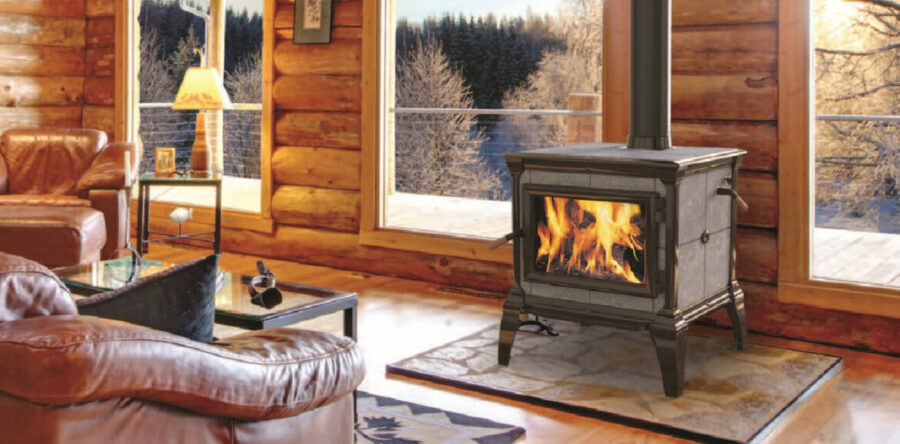


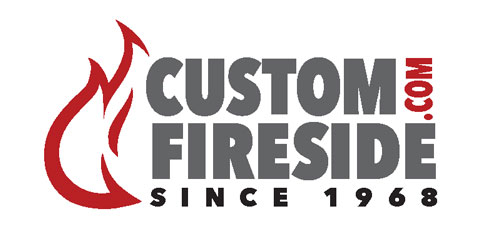
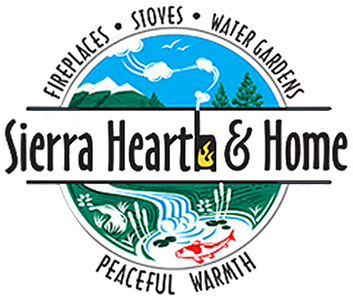

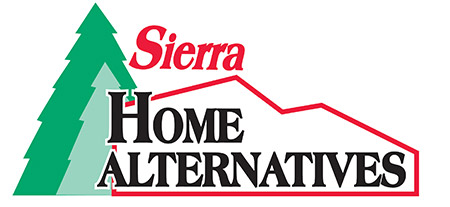





19 Responses